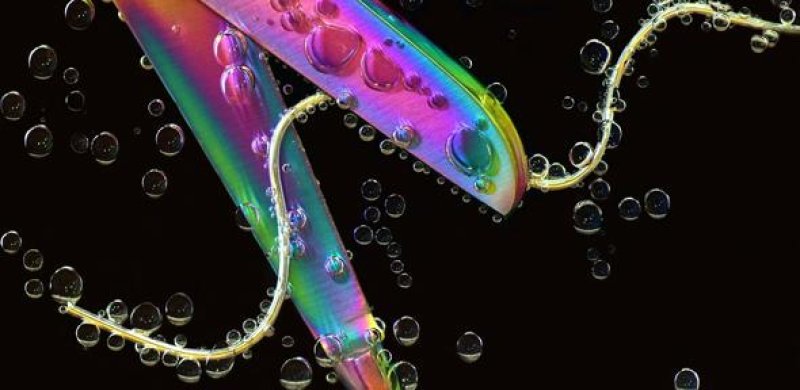The gene editing technology CRISPR has prompted both breathless predictions of medical breakthroughs and warnings of apocalypse. Yale Insights asked Dr. Greg Licholai, a biotech entrepreneur and a lecturer at Yale SOM, to explain CRISPR’s potential and dangers.
…
What are some of the applications, in the somewhat reasonable, predictable future?
There are three main applications for CRISPR. One is in manipulating genes to turn them on or off within people. Another is to create medications that can be infused, or in some cases, self-therapy—taking blood and certain cells out of a body, manipulating them with CRISPR, and then putting them back in. The third, which sometimes is overlooked, is actually in farming. Both farming with animals as well as farming with crops.
…
What are the risks of this? Are the risks to the patient? Or to all of us?
One of the biggest risks of CRISPR is what’s called gene drive, or genetic drive. What that means is that because you’re actually manipulating genes and those genes get incorporated into the genome, into the encyclopedia, basically, that sits within cells, potentially those genes can then be transferred on to other organisms. And once they’re transferred on to other organisms, once they become part of the cycle, then those genes are in the environment.
That’s probably the biggest fear of CRISPR.
Read full, original post: CRISPR’s Potential and Dangers: Is CRISPR Worth the Risk?































